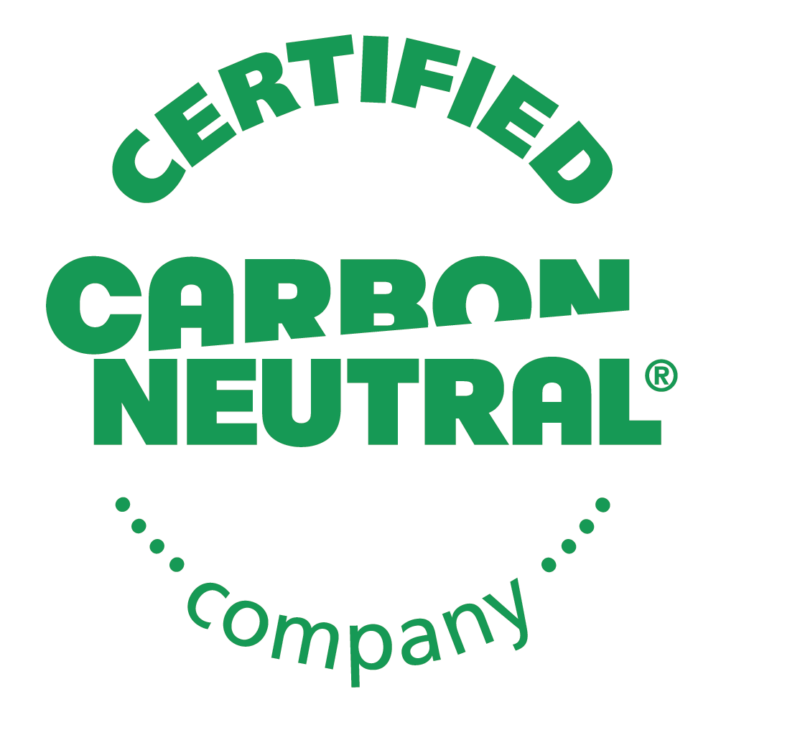Progress against Science Based Targets
Pledge to Net Zero
White Desert is a signatory to the Pledge to Net Zero scheme, a scheme where organisations set Science Based Targets to reduce carbon emissions, in line with the Paris Agreement.
As part of our Pathway to Net Zero journey, we are implementing a number of projects to reduce the carbon emissions associated with our activities in line with Science Based Targets.
These projects include the use Sustainable Aviation Fuel (SAF), efficiency in logistics planning and aviation.
Progress against Science Based Targets
In order monitor progress against the Pledge to Net Zero commitment the baseline year has been set as 2021-2022. The initial estimates for 2022-2023 in comparison to the previous season and baseline year of 2021-2022, indicates we are on track against our Science Based targets for this year.
Blue Carbon and Seagrass Restoration
Climate change and biodiversity loss are inextricably linked. For this reason, we believe that the Net Zero transition should also be about the considering the environment as a whole, making holistic improvements through habitat restoration and habitat creation.
The most effective nature-based solutions for climate change mitigation are based on habitat restoration and habitat creation. This decade also marks the 2021-2030 UN Decade on Ecosystem Restoration.
This season White Desert will start a new project to contribute to Nature Based Solutions; specifically Blue Carbon and Seagrass restoration projects.
We will be contributing to seagrass restoration projects carried out by Project Seagrass investing in vital Blue Carbon initiatives.
What is Blue Carbon?
Blue carbon is the carbon dioxide which is removed from the atmosphere by coastal and marine ecosystems. Long overlooked, these marine-based climate solutions are now a vital part of the fight against climate change.
Coastal habitats such as seagrass, mangrove and salt marshes absorb carbon through photosynthesis and then sequester it under the ocean floor. When undisturbed, these habitats have the capacity to store carbon long-term.
Globally, seagrass captures carbon up to 35 times faster than tropical rainforests, accounting for 10-18% of total ocean carbon storage despite covering less than 0.1% of the seafloor.
Learn about Project SeagrassWhy is blue carbon important?
Rapid CO2 capture Blue carbon ecosystems have such high carbon sequestration rates that they capture more carbon per unit area per year than most terrestrial forests.
In fact, they are such hotspots for carbon uptake that they bury a comparable amount of carbon as terrestrial forests annually, despite occupying less than 3 per cent of global forest area.
Coastal wetlands occupy less than 0.2 per cent of ocean area (~ 58 million hectares but account for nearly 50 per cent of carbon buried annually in marine sediments. This means that protection of a small amount of coastal area returns very impressive natural carbon sinks and leads to climate adaptation benefits, such as resilience to extreme weather events[1].
[1] Ref: Blue Carbon in the UK, Blue Marine Foundation University of Exeter
Slideshow credits: ECSA and Project Seagrass

Carbon Off-Setting
In order to address the residual carbon emissions which cannot be avoided, White Desert off-sets residual carbon emissions through schemes approved by the International Carbon Reduction and Off-set Alliance and has been a Carbon Neutral ® certified company and has been certified since 2007.
Since February 2020 off sets were part of the Global Renewable Energy Portfolio.
-
Sustainable Aviation Fuel
In a landmark first for any Antarctic operator, White Desert trialled the first test quantity of 40,000 litres of Sustainable Aviation Fuel (SAF) in Antarctica.
-
Science support
At the heart of White Desert’s mission is the desire to create a positive impact on Antarctica’s future through its tourism and science logistics programmes.
-
Operational areas
White Desert's operational areas include deep field camps, fuel depot, Atka Bay and Wolf's Fang Runway. Discover the terrain and unique fauna that inhabit each environment.